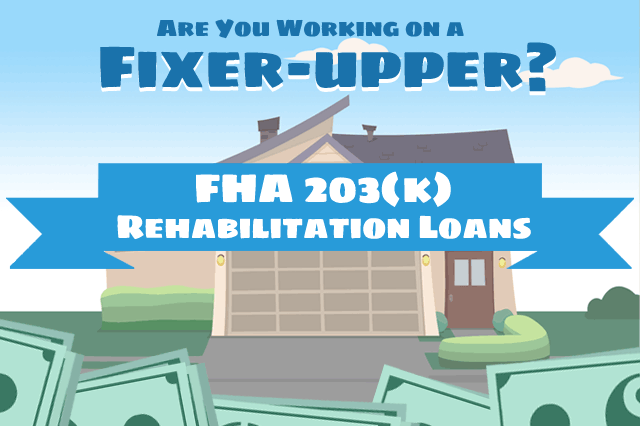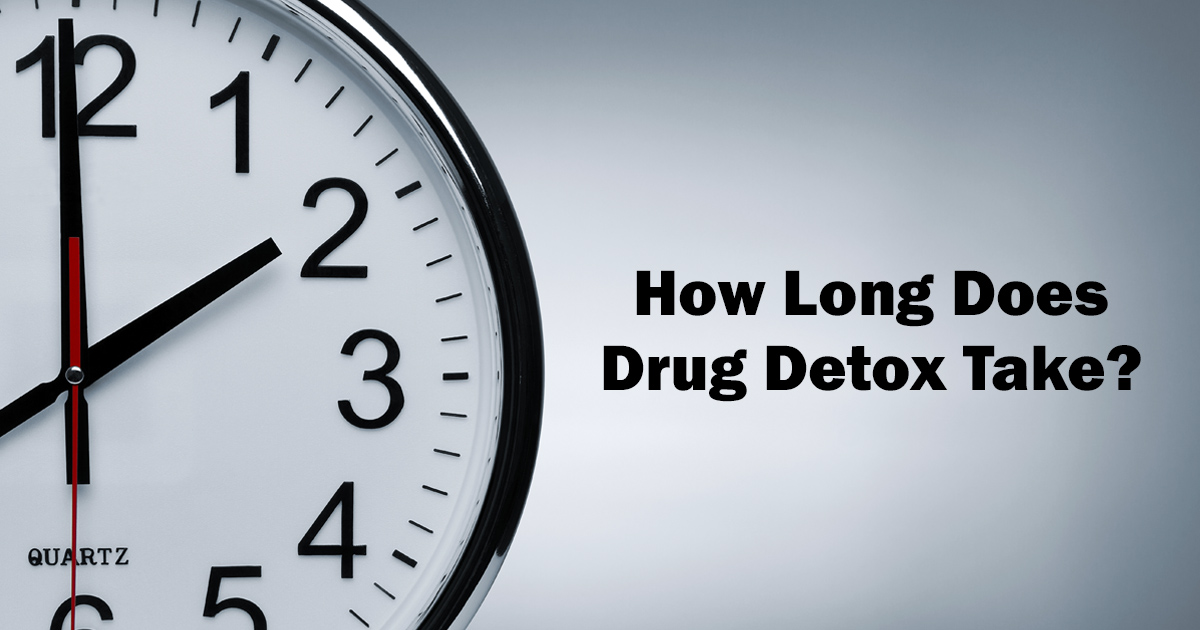Therefore, it's a great concept to find the specific state agency that manages these programs and discover out how to qualify in that specific state. The Directory of Single State Agencies (SSAs) for Substance Abuse Solutions supplied by SAMHSA offers contact information for these agencies in each state. Completing the requirements to receive these programs can take a little time and effort.
g., period, severity) When this details is offered, and the person is certified and the requirement for dependency treatment services is validated, treatment can be offered. Since funding for state treatment is restricted and must be dispersed among potentially great deals of individuals, sometimes there is a waiting list to get into these programs. The precise specifications of lodging will vary from facility to center, however, the domestic setting of a long-term dependency treatment program offers much of the amenities of house. Particular programs may use private rooms, while in others a person has a roomie. Gender-specific treatment programs, or those that provide men's- and ladies's only treatment, may have separate programs, centers or lodging for each gender.
Without treatment, an individual may continue to abuse drugs or alcohol. On a persistent basis, the rate of substance abuse can become tremendous. The actual expense of the compound can build up quickly and become much more intensified when contributed to medical or legal costs related to drug abuse. Compound abuse frequently affects an individual's task, an effect that could cause missed out on promotions or raises or perhaps the loss of a task.
An individual's psychological and physical health can start to suffer. Important relationships with partners, kids, parents or buddies can all degrade under the weight of addition. When comparing the sum of these things against the expense of a long-term treatment program, a life of continued addiction can carry a far heftier cost tag.
The smart Trick of Can Someone Who Enters Rehab For Drug Abuse Enter Nursing School? That Nobody is Discussing
Luckily, a variety of versatile options exist that might help make long-lasting treatment a more sensible and budget-friendly objective. One of the biggest forms of aid for Click for more info numerous could be insurance protection. While insurance benefits might position a cap on the quantity covered, either each day or overall, utilizing this protection can considerably decrease the expense for lots of people looking for treatment.
Not every community provides rehabilitation services for drug or alcohol addiction, or, if they do, they might not have a long-lasting program. Even if one is offered near by, looking for treatment near to home isn't constantly the finest option. In lots of cases, an individual's treatment options and the treatments used may be limited by only looking at these programs.
It can likewise increase the number of therapies available that an individual might need to build a strong recovery. A lot of the most common triggers for relapse exist right in an individual's neighborhood. These might include individuals, places or occasions that remind an individual of drug or alcohol abuse. While a person might not be able to experience these things directly, understanding that they are nearby can distract from treatment and lead some individuals to leave treatment early.

In addition to these benefits, taking a trip to treatment can provide: a change of surroundings that can inspire a person's recovery. additional personal privacy and privacy. a terrific chance to construct self-reliance and independence. Choosing treatment can be one of the most effective choices a person makes. Selecting a long-term inpatient alcohol and drug dependency treatment program can assist a person acquire and preserve a stable and more satisfying drug-free life.
3 Easy Facts About How To Start A Drug And Alcohol Rehab Consulring In Mn Explained
Research study studies on addiction treatment typically have categorized programs into numerous basic types or methods. Treatment methods and specific programs continue to evolve and diversify, and lots of programs today do not fit nicely into conventional drug adiction treatment categories. A lot of, however, begin with cleansing and medically managed withdrawal, often thought about the first stage of treatment.
As specified previously, detoxing alone does not resolve the mental, social, and behavioral issues related to addiction and for that reason does not usually produce enduring behavioral changes essential for healing. Detoxification must hence be followed by an official assessment and referral to drug addiction treatment. Since it is frequently accompanied by unpleasant and potentially fatal negative effects coming from withdrawal, detoxing is typically managed with medications administered by a doctor in an inpatient or outpatient setting; therefore, it is referred to as "medically handled withdrawal." Medications are readily available to assist in the withdrawal from opioids, benzodiazepines, alcohol, nicotine, barbiturates, and other sedatives.
Outpatient cleansing from opiates. Primary Psychiatry 1:42 -52, 1996. Long-term property treatment supplies care 24 hr a day, normally in non-hospital settings. The best-known domestic treatment design is the therapeutic neighborhood (TC), with planned lengths of stay of between 6 and 12 months. TCs concentrate on the "resocialization" of the individual and use the program's whole communityincluding other citizens, personnel, and the social contextas active parts of treatment.
Treatment is extremely structured and can be confrontational at times, with activities designed to assist residents take a look at harmful beliefs, self-concepts, and destructive patterns of habits and embrace brand-new, more unified and constructive ways to engage with others. Lots of TCs use thorough services, which can consist of employment training and other assistance services, onsite.
Some Ideas on How Long Is Drug Rehab You Should Know
Lewis, B.F.; McCusker, J.; Hindin, R.; Frost, R.; and Garfield, F. 4 residential drug treatment programs: Project EFFECT. In: J.A. Inciardi, F.M. Tims, and B.W. Fletcher (eds.), Innovative Approaches in the Treatment of Drug Abuse, Westport, CT: Greenwood Press, pp. 45-60, 1993. Sacks, S.; Banks, S.; McKendrick, K.; and Sacks, J.Y.
Journal of Substance Abuse Treatment 34( 1 ):112 -122, 2008. Sacks, S.; Sacks, J.; DeLeon, G.; Bernhardt, A.; and Staines, G. Modified therapeutic neighborhood sure https://pbase.com/topics/darone2y85/littlekn358 haven rehab for psychologically ill chemical "abusers": Background; affects; program description; preliminary findings. Compound Use and Abuse 32( 9 ):1217 -1259, 1997. Stevens, S.J., and Glider, P.J. Restorative neighborhoods: Drug abuse treatment for women. how does rehab help drug addicts.
Tims, G. DeLeon, and N. Jainchill (eds.), Therapeutic Community: Advances in Research and Application, National Institute on Drug Abuse Research Study Essay 144, NIH Bar. No. 94-3633, U.S. Government Printing Workplace, pp. 162-180, 1994. Sullivan, C.J.; McKendrick, K.; Sacks, S.; and Banks, S.M. Modified restorative community for offenders with MICA conditions: Substance usage results.
